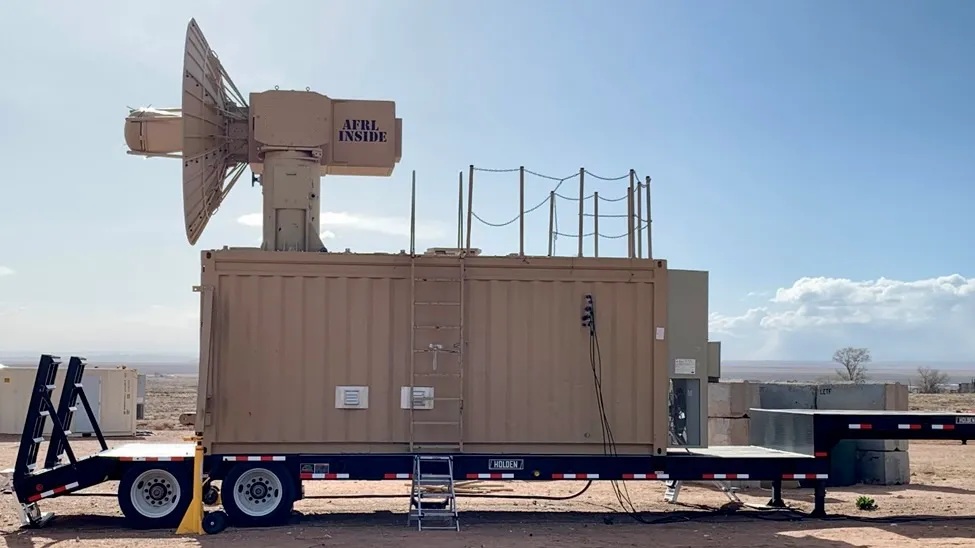Unlike lasers, which require precise targeting and line-of-sight, microwaves can simultaneously neutralize many targets, over a wide area.
By Hezy Laing
Israel is actively developing microwave weapons to counter aerial threats such as drones, cruise missiles, and swarming UAVs, with the IDF aiming to deploy a prototype by late 2026.
The initiative is led by the Directorate of Defense Research and Development (DDR&D) within the Ministry of Defense, in collaboration with Rafael Advanced Defense Systems and Elbit Systems.
The push for microwave-based directed energy weapons (DEWs) gained momentum after the October 2023 Hamas invasion and subsequent Hezbollah drone attacks from Lebanon, which exposed vulnerabilities in Israel’s layered air defense.
Microwave weapons operate by emitting high-powered electromagnetic pulses that disable electronic systems in incoming aerial threats.
Unlike lasers, which require precise targeting and line-of-sight, microwave beams can neutralize multiple targets simultaneously within a wide cone of effect.
This makes them ideal for defending against drone swarms and low-flying cruise missiles.
While Israel’s Iron Beam laser system—also developed by Rafael—successfully intercepted over 40 UAVs in May 2025, lasers are less effective in poor weather and require sustained focus on each target.
Microwave systems, by contrast, offer rapid, area-wide neutralization.
Globally, the United States leads in microwave weapon development, with systems like the THOR (Tactical High Power Operational Responder) tested by the Air Force Research Laboratory.
China and Russia are also investing heavily in DEWs, though Israel’s accelerated R&D timeline positions it among the top contenders.
In September 2025, the Israeli MOD confirmed that microwave prototypes had passed initial lab tests and would enter field trials in early 2026.
The IDF plans to integrate these systems into its tactical air defense battalion alongside Iron Beam and Iron Dome.
With increasing aerial threats from Iran-backed militias and regional adversaries, microwave weapons represent a strategic leap in Israel’s defense doctrine, offering scalable, cost-effective protection against next-generation warfare.
In 2025, Israel accelerated development of microwave weapons to counter aerial threats, including drone swarms and low-flying missiles.
The Iron Beam laser system, deployed in May 2025, intercepted over 40 UAVs but struggled in fog and dust.
Microwave systems offer broader coverage and faster neutralization, making them ideal for asymmetric threats.
Compared to the U.S. THOR system, which costs $15–25 million per unit, Israel’s version is expected to cost $20–50 million, with negligible per-shot costs.
Israel ranks among the top three nations in directed energy weapon development.
Field trials are scheduled for early 2026, with operational deployment expected by 2027.











































